|
There are many locations across the Ottawa area to go on a hike, including the Old Quarry Trail, Gatineau Park, Bruce Pit, and surprisingly, Carling Campus. Right along Moodie and Carling, the campus is surrounded by a woodlot with an accompanying path leading straight onto the Trans Canada Trail. Though the trails are located on a government campus, they are open to public use. With dense enough forest and winding paths, hikers can easily forget they’re walking between buildings and a large roadway. Along these urban trails, they're brought through a variety of landscapes including woods, grassy areas, a recently restored urban wetland, and naturalized stormwater ponds. The trails, ideal for hikers of all skill levels, have benches and numerous side paths going back to the main road for ease of getting on and off the trail.
The campus is also rich with biodiversity, home to 131 species of birds, 21 species of mammals, 14 species of reptiles, and 250 species of insects! If you look closely, you'll find lots of wildlife as you explore the trail network, including deer, beavers, egrets, and turtles! If you want to try your hand at identifying the species you come across, below are some resources to help you out!
Kathryn Wu
Nature Interpreter
0 Comments
In May, the Ottawa-Carleton Wildlife Centre had the pleasure of welcoming 60 grade 5 and 6 students from the Kanata Montessori school to explore our campus. One of their teachers, Ms Jenny, is a former employee of the Center and was very excited for her students to see the unique and interesting activities and information the Center has to offer. It was truly amazing to see the curiosity the students held for nature and its creatures. When the students arrived, our Executive Director, Kate MacNeil gave them an engaging presentation on urban wildlife and wetlands. The students were especially fascinated when Kate played the different animal sounds, and showed them the deer antlers we have at the center. Once the presentation was over, the students had an endless amount of questions! After the presentation the students were split into two groups, taking turns exploring the trails on the Campus while the other remained at the Centre to participate in some hands-on activities. The students had the opportunity to visit the naturalized stormwater ponds, and see first-hand how a major employment hub can successfully coexist and be good stewards of the land. This is a tangible example of how we can fight the climate crisis. The Campus demonstrates best practices of designing with ‘nature in mind’ including the installation of flow devices for beavers, that prevent flooding but allow beavers and their significant ecosystem services, to remain on the landscape. The activities at the Centre included playing wetland jeopardy, forming two teams and winning fake money for correct answers. It was really amazing to see the students collaborate and share their wildlife knowledge with each other to answer the questions! Following this, the students went outside to the Gary DuBreuil Outdoor Centre to learn more about beaver dams by building their own. The students were provided kits with sticks, plasticine and tiny fake bushes and shrubs, to build a dam inside containers that would keep the water out. Again, it was so amazing to see their collaboration, discussion and competitive spirit with wildlife and nature in mind. Once the students were done, we tested their dams by pouring water onto one side and waiting to see if it flowed through, they even asked for more water to be added after their dams succeeded!  The students from the Kanata Montessori school were a pleasure to have and were so engaged and eager to learn throughout the entire day. It was also very exciting for the Ottawa-Carleton Wildlife Centre to see how interested young kids are in wildlife and coexisting. The students wrote the center a nice card afterwards thanking us for the day of learning and exploring nature! One of the teachers said to us afterwards “Thank you for the incredible programming the Centre ran today, it was absolutely spectacular. The students really enjoyed their time and when asked about their favourite part, they replied everything. The kids and educators were so inspired!”. (Senior Elementary Educator). Education has been the Ottawa-Carleton Wildlife Centre’s main focus since 2005 and the opportunity to teach students who are so engaged and active in the learning process is such an honour! Avery Mack
Nature Interpreter 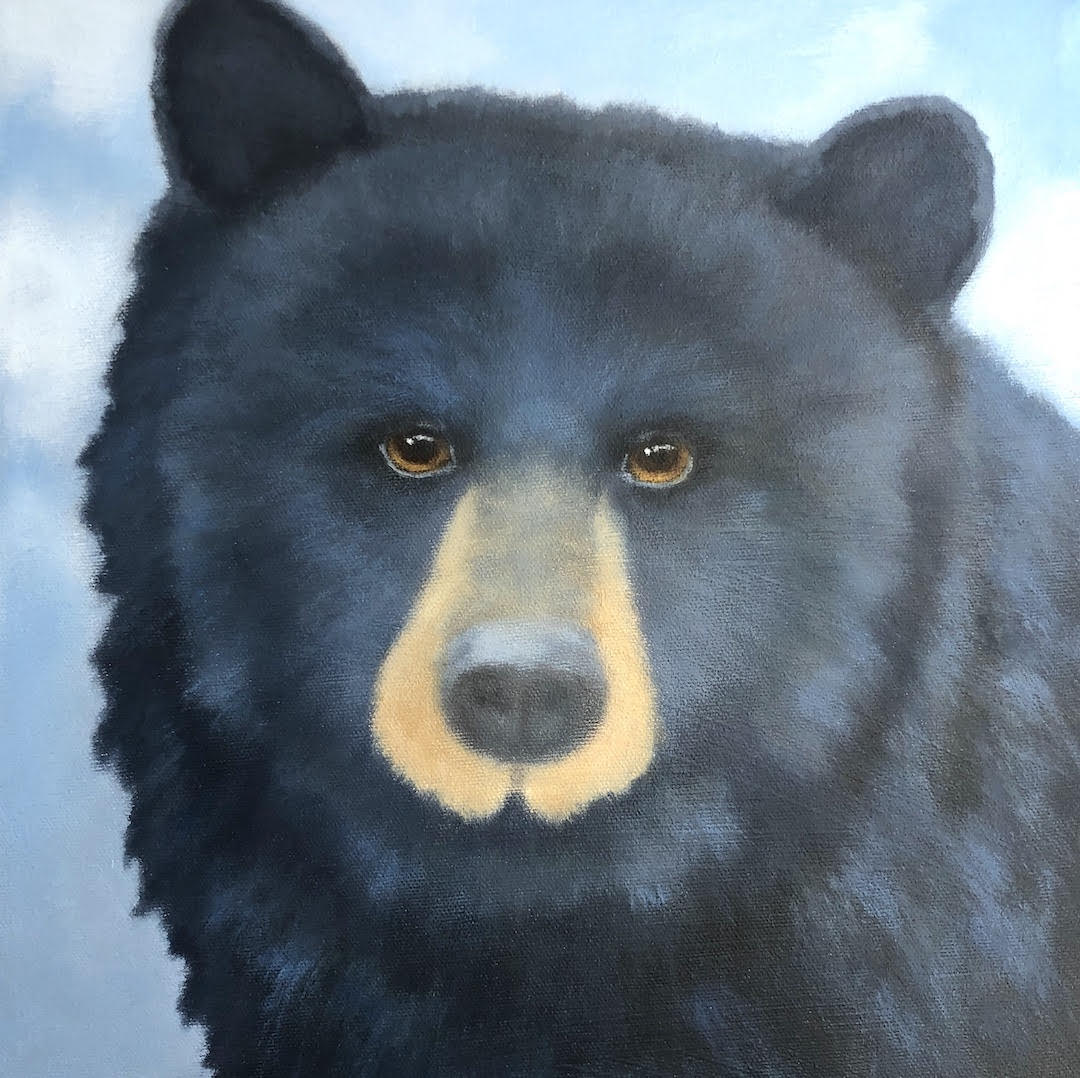 Anita raises awareness “about the plight of our beautiful wildlife and helps the organizations that protect them.” A portion of sales of all animal paintings, prints, and art greeting cards is donated to wildlife rescue and animal rights organizations. Anita raises awareness “about the plight of our beautiful wildlife and helps the organizations that protect them.” A portion of sales of all animal paintings, prints, and art greeting cards is donated to wildlife rescue and animal rights organizations. We wanted to celebrate the wonderful people we meet who contribute so much to our work to connect people to nature, protect habitats, big and small and give wildlife a voice. We are fortunate to have so many remarkable people in our ‘wildlife family’, many have been involved for decades, often dating back to our rehabilitation days. Doctors, diplomats, artists, homemakers, members of parliament, farmers, teachers, and a tech company CEO who fostered baby rabbits, were involved in our program. A litter of baby raccoons were actually fostered at one of the embassies in Ottawa. This diverse group all share a concern and passion for wildlife and nature. One of these remarkable people is Anita Utas. We first connected with Anita over a decade ago when she worked tirelessly to challenge the City of Ottawa’s outdated and inhumane practice of trapping beavers. She met with councillors, arranged community meetings, applied tree protection, and even assisted with school presentations to educate children about the value of coexisting with wildlife. We knew that Anita was an artist but did not realize the role that nature and wildlife played in her work. Anita received her honours degree in Art History as well as her Bachelor of Education at Western University. After working as an art teacher with the public school board, Anita traveled overseas and spent seven years teaching in international schools in South East Asia and South America. She has traveled extensively and draws upon these experiences as inspiration for her landscape paintings. Her love for animals is expressed in her continuing series of wildlife paintings. “My landscapes often capture ephemeral moments as viewed in nature; the quiet magic when the day moves to dusk, the reflection of a forest in a lake, the softness of a misty morning. I am drawn to the calming forces of far-off vistas; landscapes that are beyond simple visual identification.” Anita’s connection to wildlife is evident in her art, we are so impressed not only by her talent but her ability to capture the spirit and soul of the animals she paints. Anita has been painting professionally for over 12 years. She is represented in galleries across Ontario, and her work is included in corporate and private collections in Canada, the U.S.A., and Europe. To view her work you can visit www.anitautas.com Anita continues to be an advocate for wildlife and nature and is always on alert. She connects with community members on a range of wildlife issues, actively challenges outdated practices that harm wildlife, such as the coyote killing contest in Belleville and the on-going trapping of beavers in Ottawa. Working with people like Anita, and seeing their passion and commitment serves as great inspiration to us, particularly on some issues that are decade-long battles. The Centre’s slogan “Nature…Discover, Enjoy, Protect” encourages people to get outdoors and appreciate the green spaces available to us in the Ottawa Carleton region. When exploring nature, it is important to do so safely. Following these guidelines will ensure your nature walk is a positive experience.
The best way to avoid contact with plants such as Poison Ivy and Wild Parsnip that can grow along trails is to stay on the trail and avoid picking flowers. Furthermore, being cognisant of their shape is also important (see infographics below). If you are intending to go off the trail, or are looking to be safer, wear long pants and close-toed shoes. The fabric will prevent the sap from coming in contact with your legs. Should contact occur, wash the affected areas with cold water and soap. If a rash develops contact your doctor for further treatment. Lyme Disease is of concern in the Ottawa region. Lyme disease can be contracted from the bite of an infected black legged tick (Deer Tick). Ticks like to live in long grasses and are prevalent in the Ottawa area. To limit your exposure to ticks, remain on the trail and wear long pants. Long pants can be tucked into tall socks for added protection. Furthermore, the use of insect repellant containing DEET can also deter ticks. Upon completion of your hike, do a quick scan to see if you’ve been bitten. For more information, review the infographic below. *Click the images below to view them at a larger scale. These infographics were created for use on the Ottawa-Carleton Wildlife Centre trails.
 In partnership with TD Park People, the Ottawa-Carleton Wildlife Centre provided free nature resources and activity booklets to the public for an event at Andrew Hayden Park. From July 4-5th people were encouraged to participate in our Explore Nature Near You Event. Participants explored the park and captured their best nature moment for a chance to win binoculars and a field guide! The event was a great success with activities for all ages. From bingo, to nature riddles, to a Bio Blitz, there were lots of opportunities to learn about urban wildlife. Need some nature inspiration? Check out some of our favourite nature moments below including a submission from Anita, the winner of our draw! Anita picking up her binoculars and field guide, she "just loves her regular walks through that park with its variety of wildlife & beautiful scenery!"
Thanks to a generous $8000 grant from the TD Friends of the Environment (TD FEF), the OCWC was able to purchase snowshoes, binoculars, and field materials to allow community groups and families to enjoy safe and sustainable exercise in nature. By connecting with their local environment, participants can become stewards for protecting Ontario’s beautiful Greenbelt and meet many local species like White-Tailed Deer, Black-Capped Chickadees, Red Cardinals, and North American Porcupines. This new lending library will be used for years to come by visiting families, individuals, and community groups like the Girl Guides and Boy Scouts. Thank you, TD FEF!
A beautiful card featuring the acrylic on canvas painting “Fortunate to Have You Here” by Nicole Parent was just one of many in the Artists of Stonebridge 2019 Wildlife & Habitat Painting Collection that was gifted to the Ottawa-Carleton Wildlife Centre (OCWC). Kate MacNeil, the OCWC’s Executive Director, accepted the cards along with a donation to the OCWC at the Artists of Stonebridge’s 10th Anniversary Art Show in December 2019. The focus of the show was to promote the wildlife and habitat in our communities, a perfect fit for the OCWC that has been operating in the Ottawa community since 1987. The sentiment behind the Collection, according to organizers, is to recognize, “it is essential that humans live in harmony with the natural world. We know, although we often forget, that proximity to nature is an immense benefit to our mental and physical well-being”. The Artists of Stonebridge is a non-profit organization founded in October 2010. Their vision is to “increase awareness, appreciation and promotion of original art to the community and provide artists with the opportunity to interact and learn from other artists as well as exhibit and sell their artwork in the community”.
The OCWC is so grateful to have the support of the Ottawa community like this honour from the Artists of Stonebridge. The OCWC is committed to educating people about wildlife and helping to foster an appreciation for the natural world and the important role all species play in a healthy ecosystem. |
The OCWCJoin the OCWC's adventures by seeing what's new, event updates, and more! Archives
July 2023
Categories |
||||||||||||||||||||||||||||

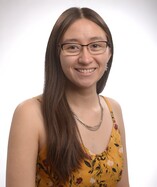



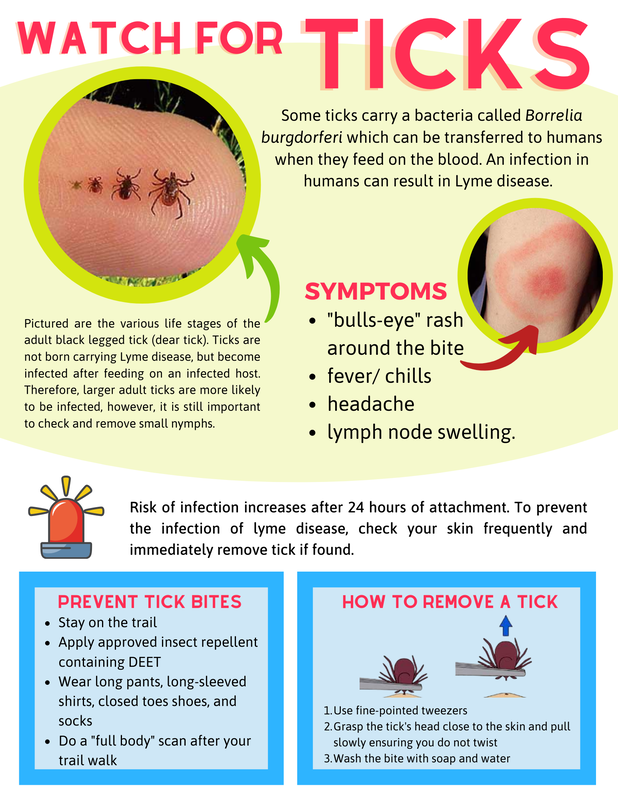
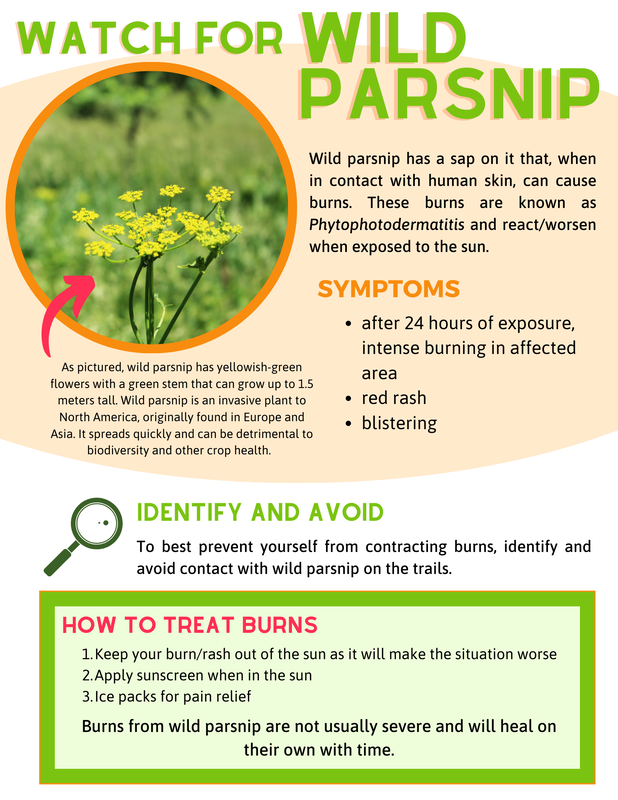
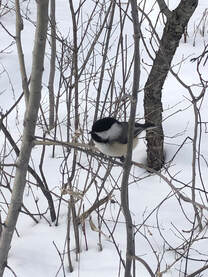



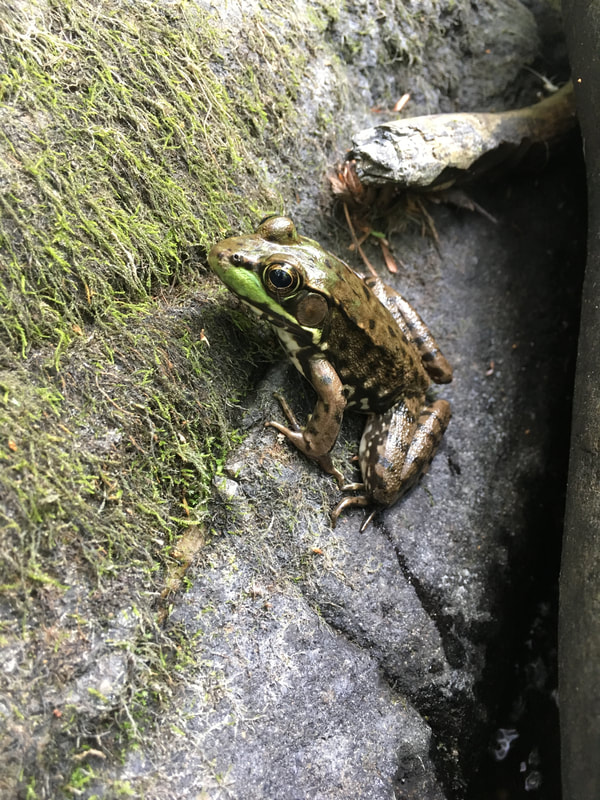


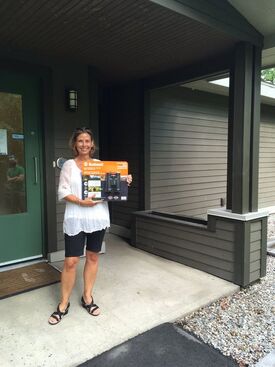





 RSS Feed
RSS Feed